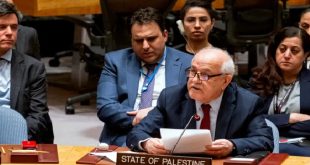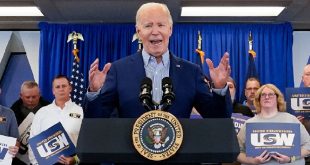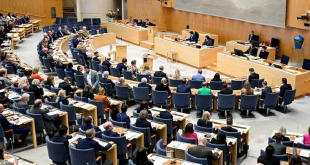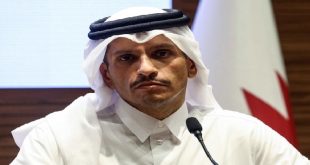16-03-2023
DAMASCUS: Twelve years ago, protesters dared to take to the streets of Syria to protest against the country’s government and its president, Bashar al-Assad.
The protests quickly took on a revolutionary nature, demanding the “fall of the regime”, but, after a violent response from the government, the uprising transformed into a war, dragging in several outside powers, displacing millions and killing hundreds of thousands.
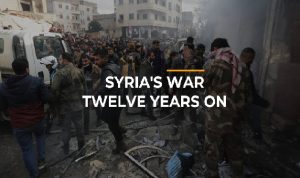 Syria’s economy has deteriorated, with 90 percent of the population now living below the poverty line, according to the World Food Program.
Syria’s economy has deteriorated, with 90 percent of the population now living below the poverty line, according to the World Food Program.
The United Nations estimated last year that more than 306,000 civilians have been killed about 1.5 percent of the population since March 2011 in the country.
The Syrian Observatory for Human Rights, a United Kingdom-based war monitor, estimates the total death toll to be about 610,000.
Even before the earthquakes that devastated northwestern Syria in February, the UN had said that 14.6 million Syrians were in need of humanitarian assistance, with 6.9 million people internally displaced and more than 5.4 million Syrian refugees living in neighboring countries. Hundreds of thousands also sought asylum in Germany and other parts of the European Union, as well as further afield.
The conflict in the country has largely frozen, although fighting continues intermittently, particularly in the northwest.
Here is a breakdown of how the war unfolded, how territorial control has changed, and who the players are now.
How it started
On March 15, 2011, major unrest erupted across the streets of Deraa, Damascus and Aleppo, with protesters 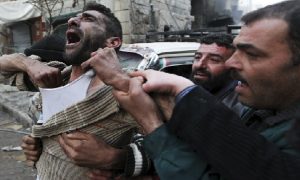 demanding democratic reforms and the release of political prisoners.
demanding democratic reforms and the release of political prisoners.
Protests were triggered by the arrest and torture of a group of teenage boys a few days earlier in the city of Deraa over graffiti denouncing al-Assad.
A violent crackdown and repression by the government followed. In July 2011, defectors from the military announced the formation of the Free Syrian Army, a rebel group aiming to overthrow the government, turning the revolt into a civil war.
Protests continued into 2012, and by 2013 various rebel groups emerged across the country. Later that year, ISIL (ISIS) emerged in northern and eastern Syria after overrunning large portions of Iraq.
Groups involved
A variety of actors are locked in a power struggle in Syria.
The Syrian government
Bashar al-Assad inherited his rule of Syria in 2000, taking over from his father Hafez al-Assad, who had been in power since 1971.
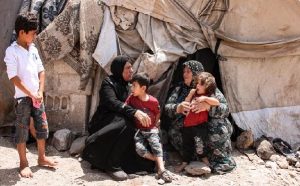 He has ruled the country with an iron fist and has a history of crackdowns on dissidents, using chemical weapons against his people and imprisoning and torturing thousands.
He has ruled the country with an iron fist and has a history of crackdowns on dissidents, using chemical weapons against his people and imprisoning and torturing thousands.
Free Syrian Army (FSA)/Syrian National Army
The FSA is a loose conglomeration of armed brigades formed in 2011 by defectors from the Syrian army and civilians backed by Turkey and several Gulf countries.
Since the Battle of Aleppo in December 2016, the FSA has remained in control of limited areas of Idlib in northwestern Syria.
Hay’at Tahrir al-Sham (HTS)
HTS was formerly Jabhat Fatah al-Sham and Jabhat al-Nusra.
Jabhat al-Nusra formed in Syria in 2011 as an al-Qaeda affiliate within the opposition to the al-Assad government. (Int’l News Desk)
 Pressmediaofindia
Pressmediaofindia

